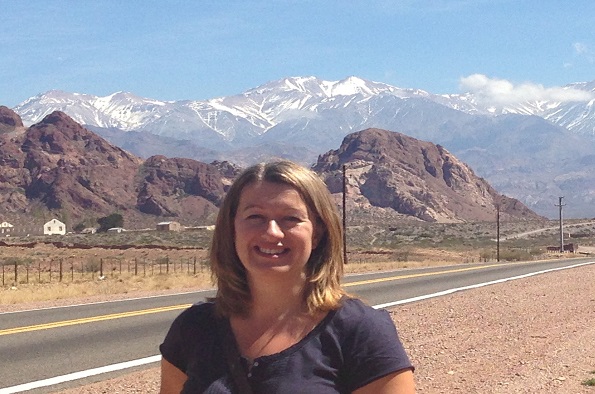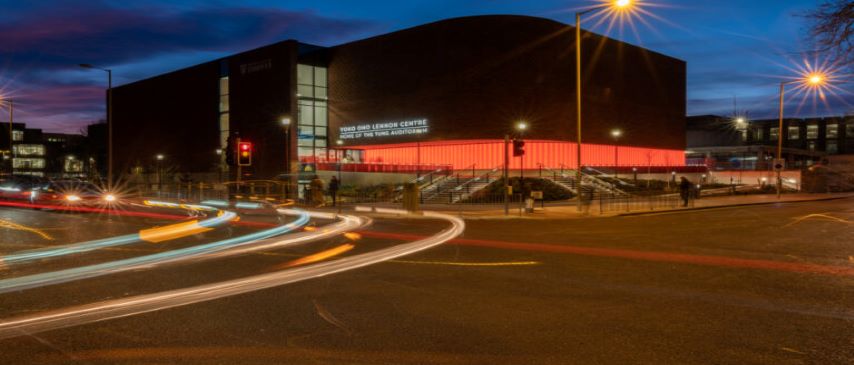
IACD Institute of Ageing & Chronic Disease Professor Emily Rayfield, Bristol. 'Biomechanical insights into the origin of mammals.' Host: Karl Bates
- 0151 794 9003
- Brenda Smith
- Suitable for: Suitable for staff and postgraduate students.
- Admission: Free to University staff and students
Add this event to my calendar
Click on "Create a calendar file" and your browser will download a .ics file for this event.
Microsoft Outlook: Download the file, double-click it to open it in Outlook, then click on "Save & Close" to save it to your calendar. If that doesn't work go into Outlook, click on the File tab, then on Open & Export, then Open Calendar. Select your .ics file then click on "Save & Close".
Google Calendar: download the file, then go into your calendar. On the left where it says "Other calendars" click on the arrow icon and then click on Import calendar. Click on Browse and select the .ics file, then click on Import.
Apple Calendar: The file may open automatically with an option to save it to your calendar. If not, download the file, then you can either drag it to Calendar or import the file by going to File >Import > Import and choosing the .ics file.
In addition, she helped elucidate the cranial biomechanics of the noted carnivorous dinosaur Tyrannosaurus using two-dimensional FEA.[4] This study was expanded upon in a comparative finite element analysis of 2D theropod skulls (namely Allosaurus Coelophysis and Tyrannosaurus), in order to quantitately compare cranial biomechanics.[5].
The origin of mammals is one of the key events in vertebrate evolutionary history and sparks particular resonance as the origination of our own lineage. In this talk I will discuss how studying exceptionally preserved fossils with digital scanning and reconstruction technologies and the use of biomechanical and engineering analysis is shaping our understanding of this event. I will present some of our work evidencing how the extant mammalian jaw changes its shape in response to functional feeding loads, discuss how a combination of biomechanics and tooth microwear are helping us pick apart different functional and ecological specialisations in some of the earliest Jurassic mammaliaformes, before describing how my group are applying multibody dynamic simulations of muscle function and biomechanical models of jaw joint stress to understand the evolution of the unique mammalian middle ear.
